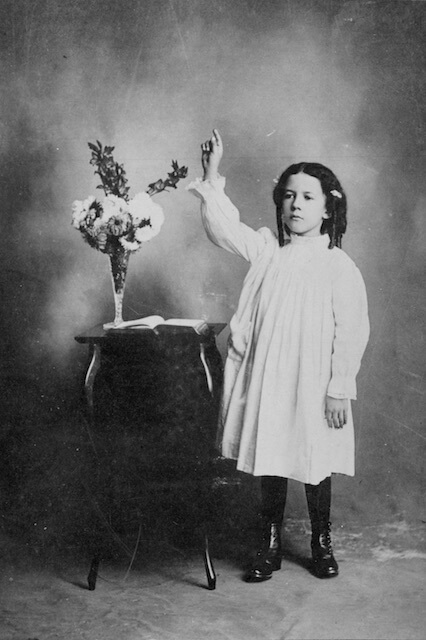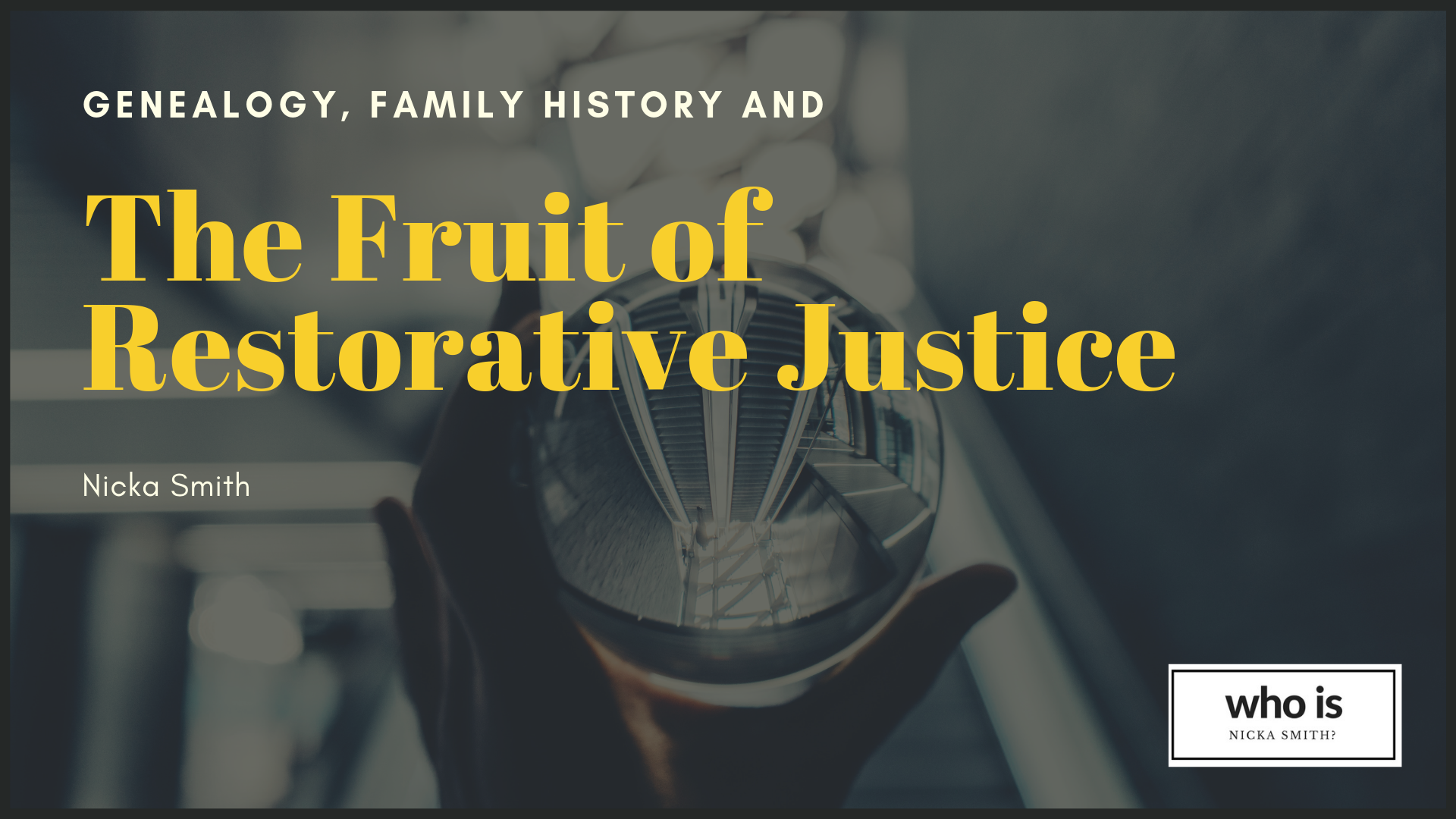The Globalization of Light Skin Colorism: From Critical Race to Critical Skin TheoryPosted in Articles, Media Archive, Social Science on 2019-07-24 22:50Z by Steven |
The Globalization of Light Skin Colorism: From Critical Race to Critical Skin Theory
American Behavioral Scientist
Volume: 62 issue: 14 (The Implications of Colorism vis-à-vis Demographic Variation in a New Millennium)
DOI: 10.1177/0002764218810755
pages 2133–2145
Ronald E. Hall, Professor of Social Work
Michigan State University
On the cusp of Western civilization, Caucasians aspired to a racial world order defining Caucasian as superior race status. Today, racial diversity is a societal theme facilitated by laws, which deems racial equality a right and racial discrimination illegal. Nevertheless, by globalization, a racial world order exists by locating light skin at the zenith of humanity. As pertains to the globalization of light skin, culture and social criteria are most significant considering the demands of a racist racial hierarchy. The existence of such a hierarchy by replacing racism with colorism then necessitates moving beyond race category. Critical race theory (CRT) per light skin as new world order must defer to critical skin theory (CST). Colorism per CST operates identical in manner to racism per CRT. CST must then be elevated to priority over CRT such that the future of humanity may be rescued from the tenacious transgressions of a racist societal past.
Read or purchase the article here.





